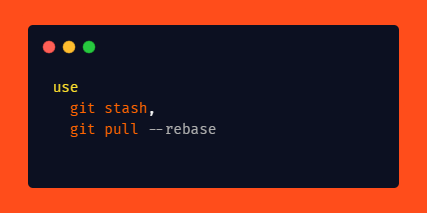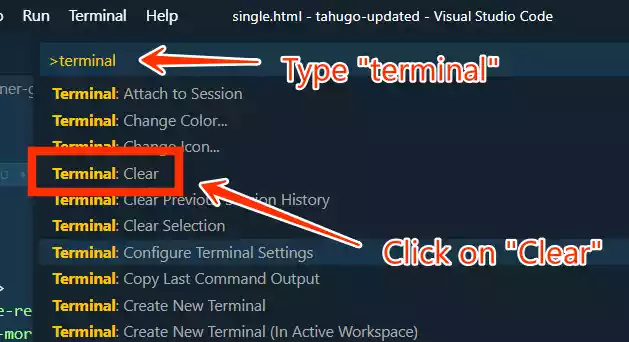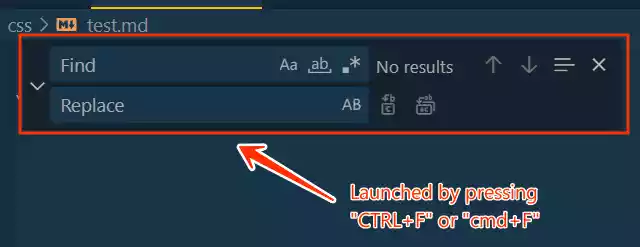Difference Between the ‘This’ and ‘That’ Keyword in JavaScript
this is a keyword in JavaScript that refers to the current execution context or the object that a function is being executed within. It allows you to access and manipulate properties and methods within that context.
While that is a keyword that is commonly used as a variable that serve as workarounds to preserve the value of this in certain situations, especially when dealing with nested or callback functions, where the value of this might refer to a different object or be undefined.
Difference Between the ‘This’ and ‘That’ Keyword
The this Keyword:
this is a special keyword in JavaScript that refers to the current execution context or the object that the function is being executed within.
The value of this is determined dynamically at runtime, based on how a function is invoked.
this provides a way to access and manipulate properties and methods within the current execution context.
In simple term, when you enter a building, what wraps you up is the building because you are inside the building.
Now, when you enter a room inside the building, what wraps you up is not the building, but the room that you entered.
How is this related to the
thiskeyword? The building can be thought of as an object or a function, and you (the person), inside the building (i.e., object or function) is representing thethiskeyword.So now as you entered a room, you are not directly enclosed by the building (i.e., object or function) rather you are enclosed by a new room (i.e., another object or function) hence your context or the
thiskeyword context changes.
The value of this can change depending on the way a function is called:
Global Scope – When this is used in the global scope (outside any function), it refers to the global object, which is window in browsers and global in Node.js.
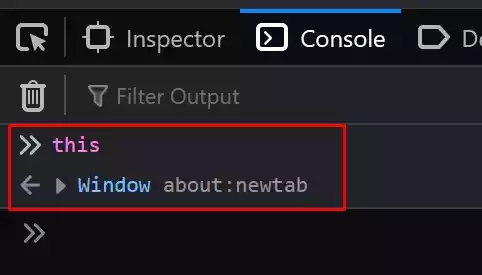
Object Method – When this is used inside a method of an object, it refers to the object itself. It allows the method to access and manipulate the object’s properties and methods.
const person = {
name: "John",
greet: function () {
console.log("Hello, " + this.name);
},
};
person.greet(); // Output: Hello, John
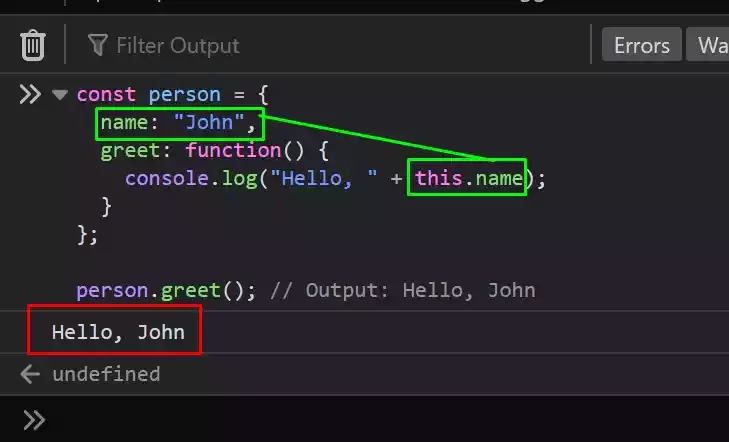
In the code example above, this inside the greet method refers to the person object, so this.name accesses the name property of the object – name: “John”.
Event Handlers –When this is used within an event handler, such as a click event or a timer function e.g., (setTimeout), it usually refers to the element that triggered the event.
const button = document.querySelector("#myButton");
button.addEventListener("click", function () {
console.log("Button clicked:", this);
});
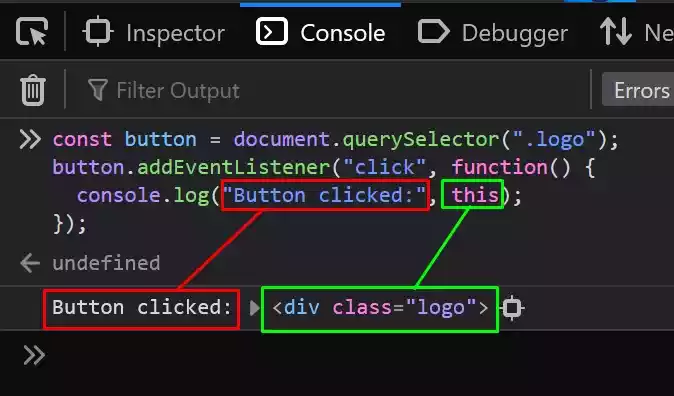
In this case, this refers to the button element, as it is the object that triggered the click event.
Explicit Binding – JavaScript provides methods that allow us to explicitly set the value of this using functions such as call(), apply(), and bind().
function greet() {
console.log("Hello, " + this.name);
}
const person = { name: "John" };
greet.call(person); // Output: Hello, John
In this code example, greet() is a function on its own and person is an object on its own.
In order to use the name in the person object inside the greet() function, call() is used to invoke the greet function with person as the explicit context for this.
Note:
The behavior of
thiscan be different in arrow functions, as they do not bind their ownthisvalue, but rather inherit it from the surrounding lexical scope.
Regular functions in JavaScript have their own this value, which is determined by how the function is called. It can change depending on the context or the way the function is invoked.
In arrow functions, the value of this is not determined by how the function is called, but rather by the surrounding (lexical) scope.
This means that this inside an arrow function refers to the same this value as the enclosing scope where the arrow function is defined.
Let’s see an example to illustrate this behavior:
const person = {
name: "John",
sayHello: function () {
setTimeout(function () {
console.log("Hello, " + this.name);
}, 1000);
},
sayHelloArrow: function () {
setTimeout(() => {
console.log("Hello, " + this.name);
}, 1000);
},
};
person.sayHello(); // Output: Hello, undefined
person.sayHelloArrow(); // Output: Hello, John
In the code example above, we have an object called “person” with two methods: “sayHello” and “sayHelloArrow”. Both methods use a setTimeout function to delay the execution of an inner function.
In the “sayHello” method, we use a regular function as the inner function of setTimeout.
But, since regular functions have their own this value, the this inside the inner function (i.e., the function inside the setTimeout()) refers to the global object (or undefined in strict mode) – which is the sayHello method rather than the “person” object.
Remember the building analogy we gave previously.
This means that
sayHellomethod is the room that covers the function.While the
personobject is the building that covers the sayHello (the room).
Hence, when we try to access “this.name”, it results in “undefined”.
On the other hand, in the “sayHelloArrow” method, we use an arrow function as the inner function of setTimeout.
The arrow function does not have its own this value and instead inherits the this value from the surrounding (lexical) scope, which is the “person” object.
Therefore, when we access “this.name” inside the arrow function, it correctly refers to the “name” property of the “person” object, resulting in the expected output “Hello, John”.
Arrow functions in JavaScript provide a more convenient and predictable way to access the
thisvalue. By inheriting thethisvalue from the surrounding scope, arrow functions eliminate the need to use workarounds like creating a separate variable or using functions likebind()to maintain the desiredthiscontext.
The that Keyword:
that is just a keyword commonly used as variables within JavaScript functions as a workaround to preserve the value of this in certain scenarios.
This workaround is often used in nested functions or callback functions, where this might refer to a different object, context or is undefined.
Here is a code snippet to illustrate the that keyword:
const person = {
name: "John",
greet: function () {
const that = this;
setTimeout(function () {
console.log("Hello, " + that.name);
}, 1000);
},
};
person.greet(); // Output: Hello, John
In this example, the greet method of the person object uses the variable that to preserve the value of this within the nested callback function of “setTimeout”.
Without using that, this would refer to the global object (or undefined in strict mode) which is the function above it – the greet method instead of the person object.
It’s important to note that the choice between using this or that depends on the specific context and requirements of the code.
Generally, this is preferred when it correctly refers to the desired object, while that is used as a workaround when this needs to be preserved in nested or callback functions.

